Home>Furniture & Design>Living Room Furniture>How To Assemble A Dining Table


Living Room Furniture
How To Assemble A Dining Table
Published: January 4, 2024
Learn how to assemble a beautiful dining table for your living room with our expert tips and guidance. Explore the best living room furniture and design ideas.
(Many of the links in this article redirect to a specific reviewed product. Your purchase of these products through affiliate links helps to generate commission for Storables.com, at no extra cost. Learn more)
Introduction
Welcome to the heart of your home – the dining room. Assembling a dining table is not just about putting together pieces of wood and metal; it’s about creating a focal point for family gatherings, celebrations, and everyday meals. The process of assembling a dining table can be a fulfilling and rewarding experience, and with the right tools and guidance, you can bring your vision to life.
In this guide, we will walk you through the step-by-step process of assembling a dining table, from gathering the necessary tools and materials to securing the tabletop to the legs. Whether you’re a seasoned DIY enthusiast or a novice looking to embark on your first furniture assembly project, this comprehensive tutorial will equip you with the knowledge and confidence to tackle the task at hand.
So, roll up your sleeves, gather your tools, and let’s dive into the art of assembling a dining table that will not only serve as a functional piece of furniture but also as a centerpiece that reflects your style and brings joy to your home.
Key Takeaways:
- Assembling a dining table requires careful preparation, precise assembly, and thorough stability checks to create a functional and visually appealing centerpiece for family gatherings and everyday meals.
- From gathering tools and materials to securing the tabletop, each step in assembling a dining table contributes to creating a sturdy and stable piece of furniture that reflects your style and enhances the warmth of your home.
Read more: How To Assemble Dining Chairs
Step 1: Gather the Tools and Materials
Before embarking on the assembly process, it’s essential to gather all the necessary tools and materials to ensure a smooth and efficient experience. Here’s a comprehensive list of items you’ll need:
- Table Parts: Verify that all parts, including the tabletop, legs, screws, and any additional components, are included and in good condition.
- Tools: Gather the essential tools such as a screwdriver, adjustable wrench, and a rubber mallet. Depending on the table’s design, you may also require a drill and wood glue.
- Protective Gear: It’s important to prioritize safety. Equip yourself with protective gear, including gloves and safety goggles, especially if power tools are involved.
- Work Area: Ensure you have ample space to work on a flat, stable surface. Clear the area of any obstacles and lay down a soft blanket or cardboard to protect the table’s surface during assembly.
- Assembly Instructions: Review the manufacturer’s assembly instructions thoroughly before starting. Familiarizing yourself with the steps and diagrams will provide a clear roadmap for the assembly process.
By gathering these tools and materials, you’ll set the stage for a successful and organized assembly process. With everything at your fingertips, you can proceed with confidence, knowing that you’re fully prepared to bring your dining table to life.
Step 2: Prepare the Work Area
Creating a conducive work environment is crucial for a seamless assembly process. Here are the essential steps to prepare your work area:
- Clean and Clear: Start by clearing the designated assembly area of any clutter or obstacles. This will provide ample space to maneuver and organize the table components.
- Protective Measures: Lay down a soft blanket or a large piece of cardboard to protect the tabletop and floor from scratches or damage during assembly. This simple precaution can prevent unnecessary blemishes and ensure a pristine finish.
- Organize Components: Lay out all the table parts and hardware in an organized manner. Group similar components together to streamline the assembly process and minimize the chances of overlooking any crucial elements.
- Lighting and Ventilation: Ensure that the work area is well-lit and adequately ventilated. Good lighting will facilitate clear visibility, while proper ventilation will create a comfortable and safe environment for the assembly process.
- Accessibility: Keep the tools within reach and arrange them in a way that allows easy access during the assembly. This will prevent unnecessary interruptions and ensure a smooth workflow.
By preparing the work area with meticulous attention to detail, you’ll create an environment that fosters efficiency, precision, and safety. Taking the time to set up the space thoughtfully will contribute to a more enjoyable and successful assembly experience.
Step 3: Assemble the Table Legs
Assembling the table legs is a pivotal stage in the construction process, laying the foundation for the table’s stability and structural integrity. Follow these steps to seamlessly assemble the table legs:
- Identify Leg Components: Lay out the table leg components and ensure that you have all the necessary parts, including the legs, braces, and any additional hardware.
- Follow the Instructions: Refer to the manufacturer’s assembly instructions to understand the specific steps for attaching the legs. Pay close attention to any orientation or alignment requirements for each leg.
- Secure Braces: If the legs require braces for additional support, attach them according to the provided instructions. Ensure that the braces are firmly secured to the legs, as they play a crucial role in stabilizing the table.
- Align and Tighten: Carefully align the legs with the designated attachment points on the tabletop. Use the provided hardware, such as screws or bolts, to secure the legs in place. Utilize a screwdriver or wrench to tighten the fasteners, ensuring a snug and secure fit.
- Check for Stability: Once the legs are attached, gently test the stability of the table by applying light pressure to different areas. This initial check will help identify any potential issues with the leg attachment and prevent instability in the final assembly.
By meticulously following these steps, you’ll successfully assemble the table legs, setting the stage for the next phase of the assembly process. Attention to detail and precision during this stage will contribute to the overall strength and stability of the completed dining table.
When assembling a dining table, make sure to lay out all the parts and hardware before starting. Follow the instructions carefully and use the right tools for the job to avoid any mistakes.
Step 4: Attach the Tabletop
Attaching the tabletop marks a significant milestone in the assembly process, bringing the structural elements together to form the foundation of the dining table. Follow these steps to seamlessly attach the tabletop:
- Position the Tabletop: Carefully position the tabletop upside down on a soft, stable surface, ensuring that it is well-supported and free from any obstructions.
- Align the Leg Attachments: Align the pre-installed brackets or attachment points on the underside of the tabletop with the corresponding locations on the assembled table legs. Ensure that the alignment is precise to facilitate a seamless attachment.
- Secure the Tabletop: Utilize the provided hardware, such as screws or bolts, to secure the tabletop to the legs. Follow the manufacturer’s recommendations for the type and size of fasteners to ensure a secure and stable connection.
- Verify Alignment: Double-check the alignment of the tabletop to ensure that it is centered and evenly positioned on the table legs. This attention to detail will contribute to the visual appeal and balance of the completed dining table.
- Test Stability: Once the tabletop is attached, carefully flip the table over to its upright position and assess its stability. Gently apply pressure to different areas of the tabletop to verify that it is securely attached and level.
By following these steps with precision and care, you’ll successfully attach the tabletop, bringing the key components of the dining table together. This pivotal stage sets the stage for the final phase of the assembly process, culminating in a fully constructed and functional dining table.
Read more: How To Assemble A Coffee Table
Step 5: Secure the Tabletop to the Legs
Securing the tabletop to the legs is a crucial step that ensures the stability and longevity of the dining table. Follow these steps to effectively secure the tabletop to the legs:
- Stabilize the Connection: Assess the connection points between the tabletop and the legs to ensure that they are aligned and firmly in place. Any gaps or misalignments should be addressed before proceeding.
- Tighten Fasteners: Utilizing the appropriate tools, such as a screwdriver or wrench, tighten the fasteners that secure the tabletop to the legs. Ensure that the fasteners are snug to prevent any wobbling or shifting of the tabletop.
- Inspect for Evenness: Carefully examine the tabletop to verify that it is level and even on all sides. This visual inspection ensures that the tabletop is securely and uniformly attached to the legs, contributing to its overall stability.
- Apply Wood Glue (if applicable): If the assembly instructions recommend the use of wood glue to reinforce the connection between the tabletop and the legs, carefully apply a thin, even layer of wood glue to the designated areas before securing the fasteners.
- Reinforce Support Braces: If the table design includes support braces or additional reinforcement, ensure that they are securely attached to the tabletop and legs, further enhancing the stability and structural integrity of the dining table.
By meticulously following these steps, you’ll effectively secure the tabletop to the legs, creating a robust and durable connection that forms the backbone of the dining table. This stage brings the assembly process closer to completion, setting the stage for the final assessment of the table’s stability and functionality.
Step 6: Check for Stability
Ensuring the stability of the assembled dining table is essential for its functionality and longevity. Follow these steps to thoroughly assess the table’s stability:
- Even Weight Distribution: Apply gentle pressure to different areas of the tabletop to verify that the weight is evenly distributed and that the table remains level and steady.
- Wobble Test: Gently attempt to wobble the table from various angles to assess its resistance to movement. A stable and well-constructed table will exhibit minimal to no wobbling.
- Surface Inspection: Examine the tabletop for any signs of warping, unevenness, or misalignment. A smooth and level surface indicates a well-assembled and stable dining table.
- Leg Stability: Check each table leg for firm contact with the floor and ensure that they are uniformly supporting the weight of the tabletop. Any instability in the legs should be addressed to maintain the table’s overall stability.
- Load Test: If applicable, consider placing a moderate load on the tabletop to assess its resilience and stability. This test simulates real-life usage and provides valuable insights into the table’s durability.
By conducting a thorough stability check, you’ll gain confidence in the structural integrity and functionality of the assembled dining table. Addressing any stability concerns at this stage will contribute to the long-term satisfaction and usability of the table in your living space.
Conclusion
Congratulations on successfully completing the assembly of your dining table! The journey from individual components to a fully constructed and stable table represents a significant accomplishment, reflecting your dedication to creating a functional and visually appealing piece of furniture for your home.
As you reflect on the assembly process, it’s important to appreciate the attention to detail, patience, and precision that contributed to the successful completion of the project. Each step, from gathering the tools and materials to assessing the table’s stability, played a crucial role in bringing your vision to life.
Now that your dining table stands proudly in your living space, it serves as more than just a piece of furniture; it embodies the potential for cherished family meals, lively gatherings, and countless memories to be made around it. The effort invested in assembling the table has transformed it into a centerpiece that reflects your style and enhances the warmth of your home.
As you enjoy the fruits of your labor, take a moment to appreciate the craftsmanship and dedication that went into creating a functional and inviting space for shared meals and meaningful conversations. Your dining table is not just a piece of furniture; it’s a symbol of the care and attention you invest in making your house a home.
May your newly assembled dining table witness countless moments of joy, laughter, and connection, becoming an integral part of your home’s story for years to come. Embrace the satisfaction of a job well done and the anticipation of the memories that await around your beautifully assembled dining table.
Frequently Asked Questions about How To Assemble A Dining Table
Was this page helpful?
At Storables.com, we guarantee accurate and reliable information. Our content, validated by Expert Board Contributors, is crafted following stringent Editorial Policies. We're committed to providing you with well-researched, expert-backed insights for all your informational needs.

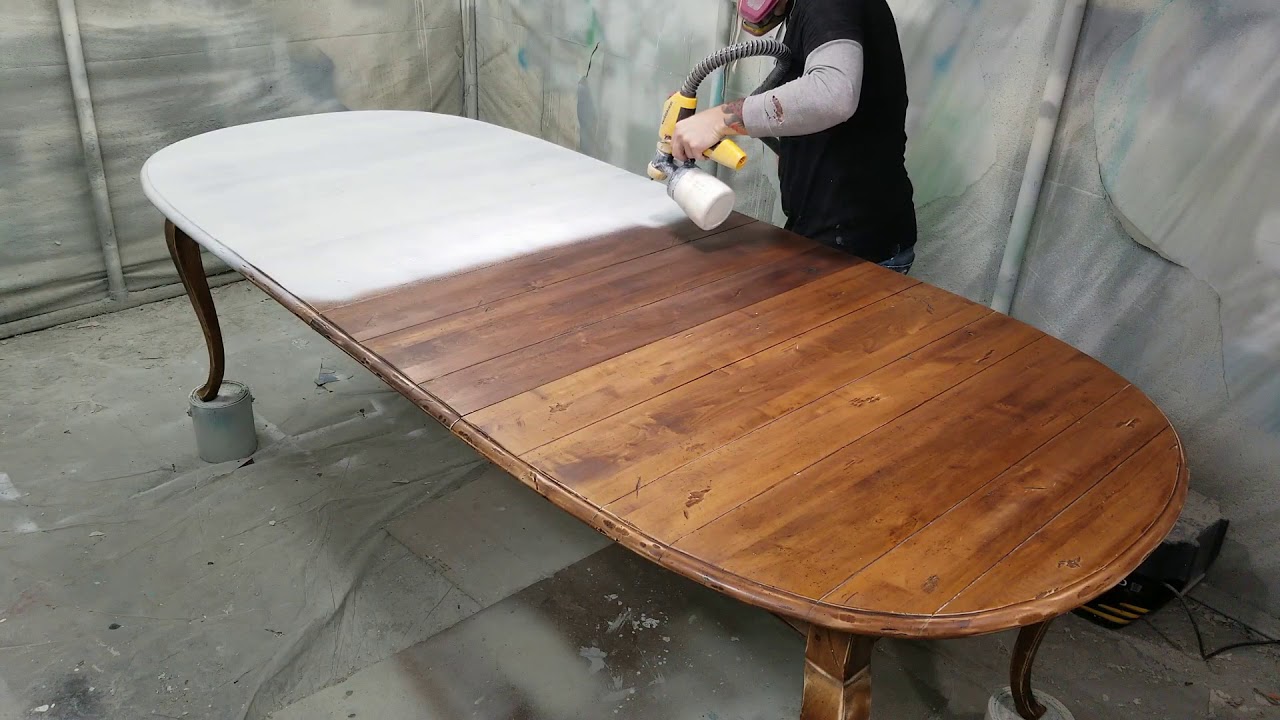
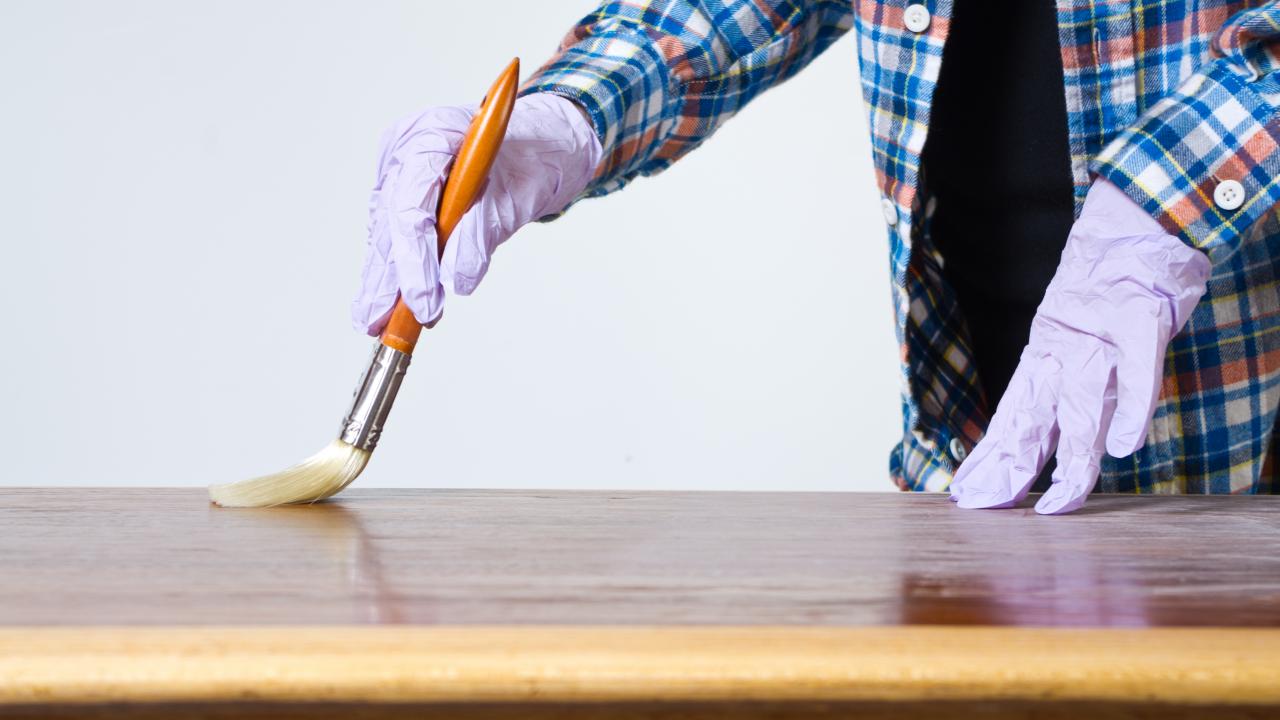
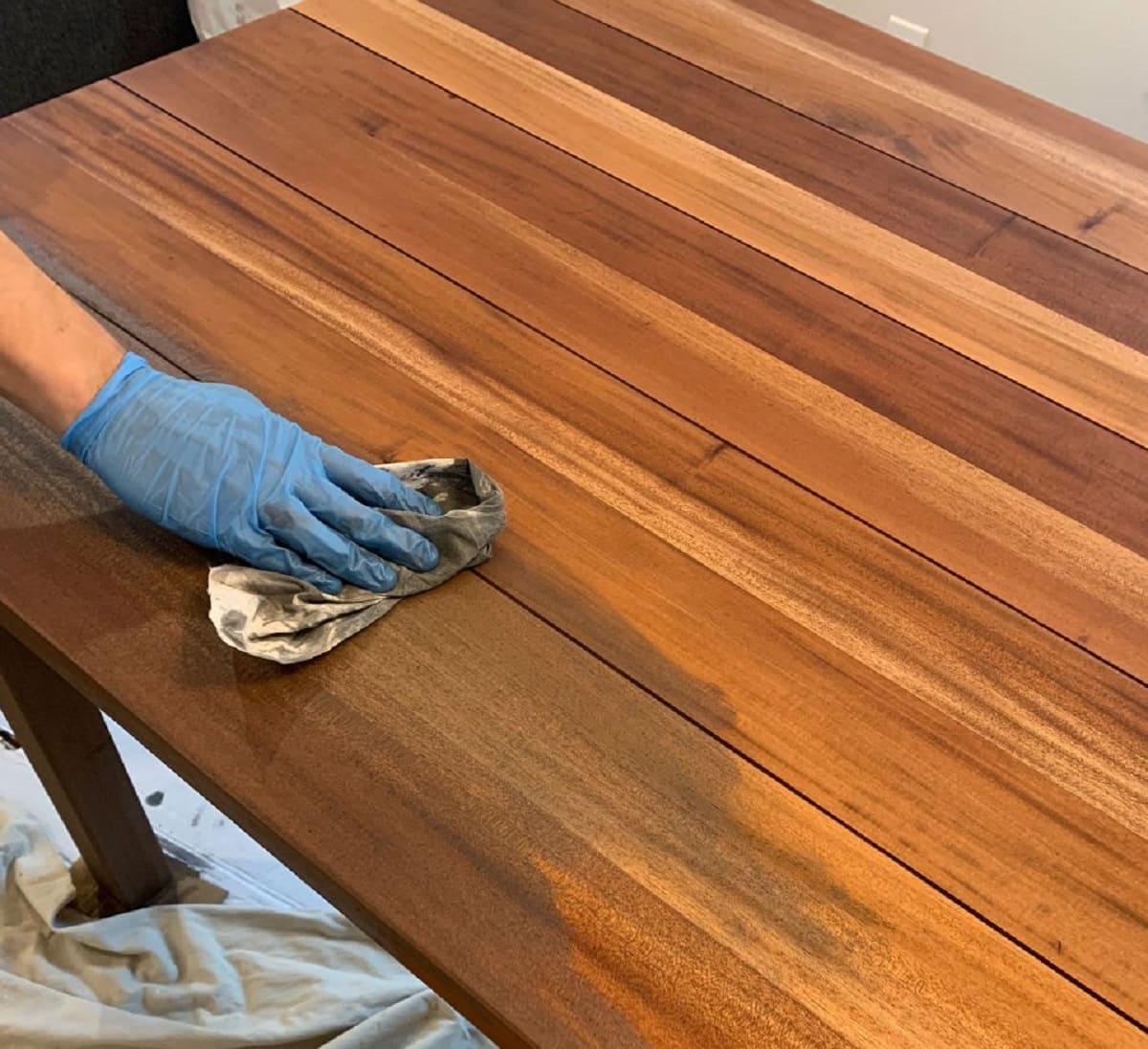

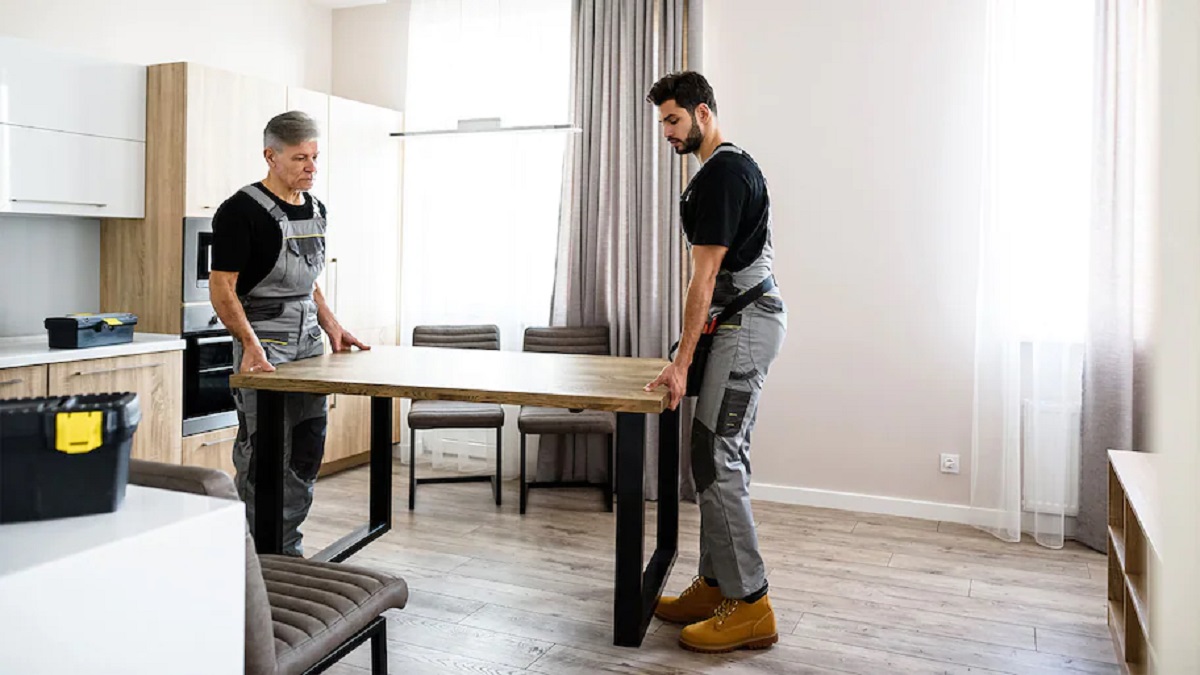




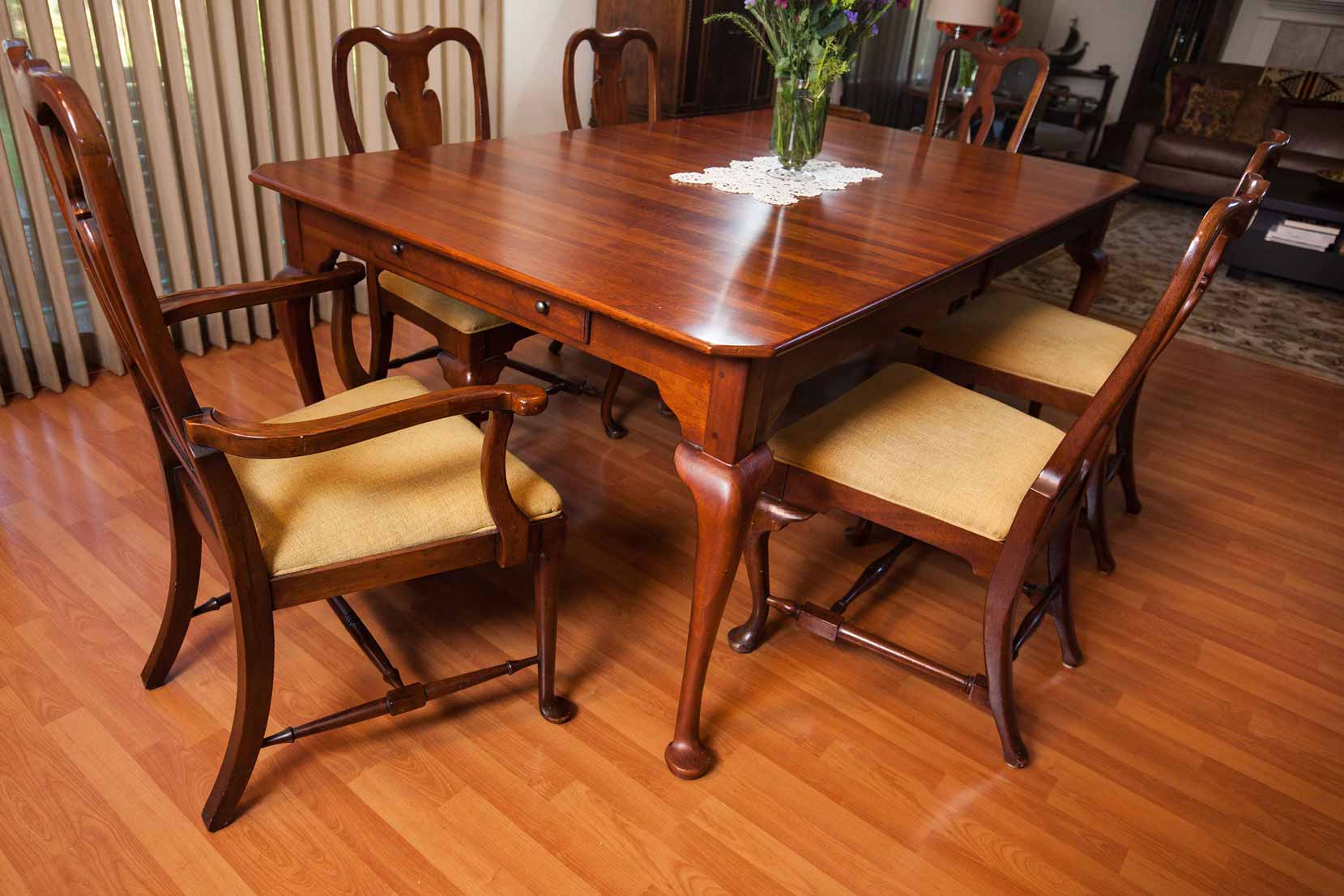


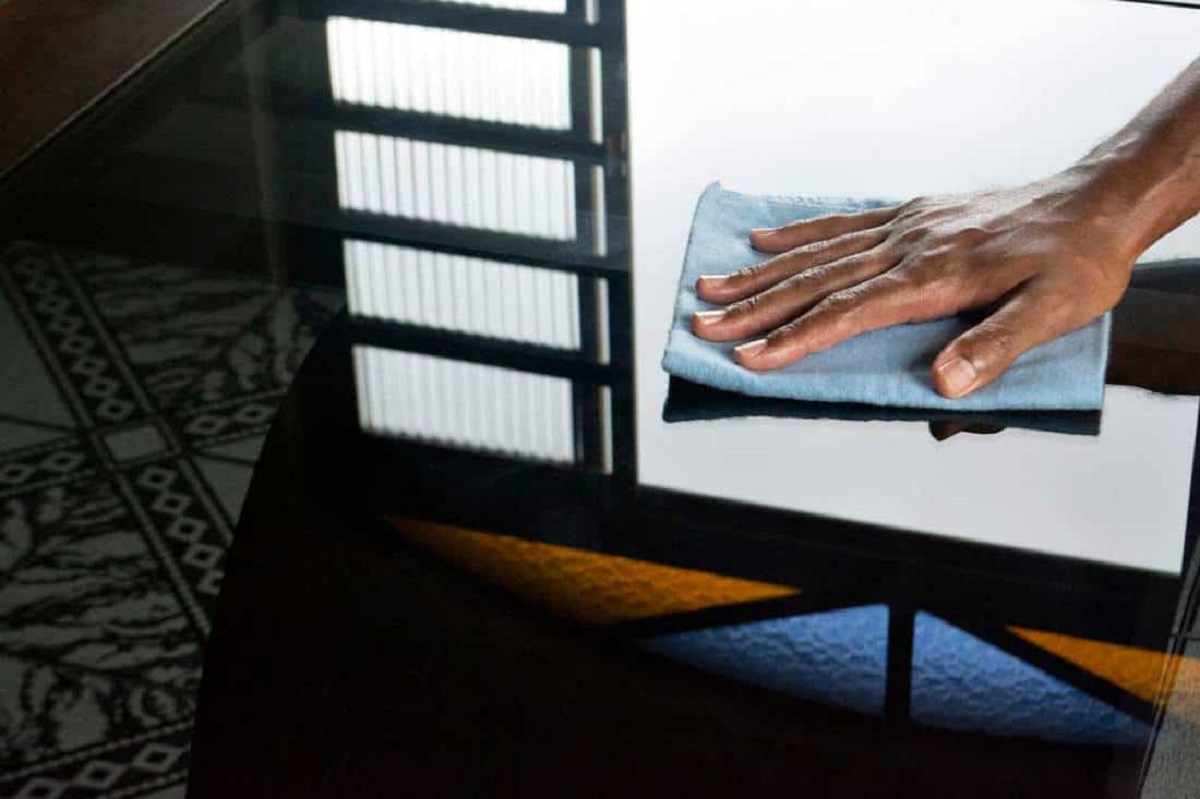

0 thoughts on “How To Assemble A Dining Table”